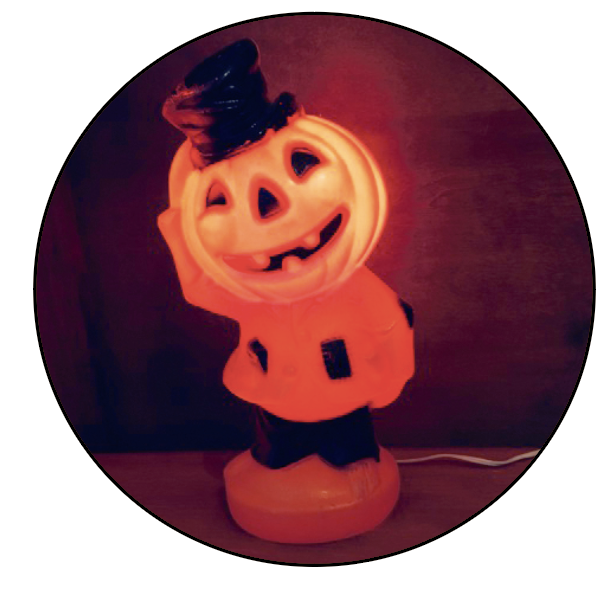
Dorri Partain
Northeast News
Casting a warm glow on a Halloween night, illuminated blow-molded figurines once decorated numerous homes after they debuted in the 1960’s. Shaped as assorted pumpkins, ghosts and more, the smaller versions (14”) shone on tabletops and glowed in windows, while larger versions decorated front porches and yards, attracting trick-or-treaters.
Advancements in plastic fabrication methods created a more durable option that replaced earlier decorations made of paper maché or celluloid. A cast aluminum mold was chilled before a plastic cylinder was placed inside, then heated and blown into the shape. The hollow form was then spray painted with a stencil design and fitted with C7 bulb and cord, while the larger outdoor figures used a 40 watt bulb.
These holiday decorations can be traced to the creation of the lawn flamingo in 1957. Union Products of Leominster, Mass., began making blow-molded plastics, such as watering cans, in 1946. Product sculptor Don Featherstone (1936-2015) designed the flamingo based on a photograph to be as realistic as possible. Featherstone was also responsible for creating a holiday line of products and eventually became the president of the company before it closed in 2006.
At the height of their popularity, several companies were creating similar designs. Figures for Easter and Christmas were also part of the seasonal line. With the development of inflatable yard decorations and competition from overseas manufacturers, American manufacturers discontinued making holiday figures until Cado Company bought Union’s molds and resumed production of select models in 2012.
This tabletop pumpkin scarecrow was created by Empire Plastics of Tarboro, N.C., and dated 1969. It would have retailed at your local 5 & 10 cent store for around $1.



















